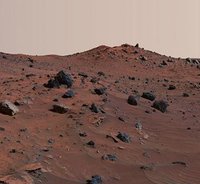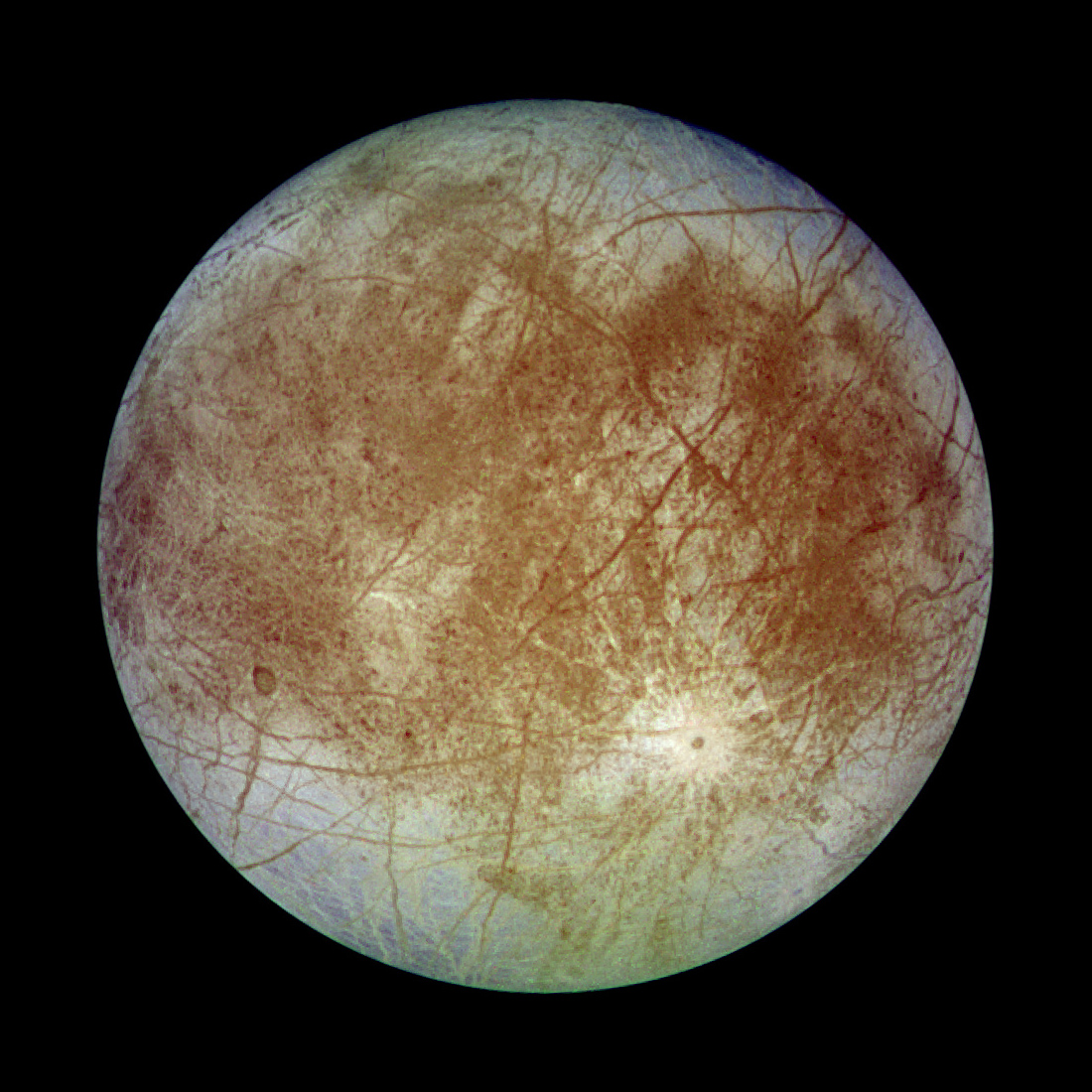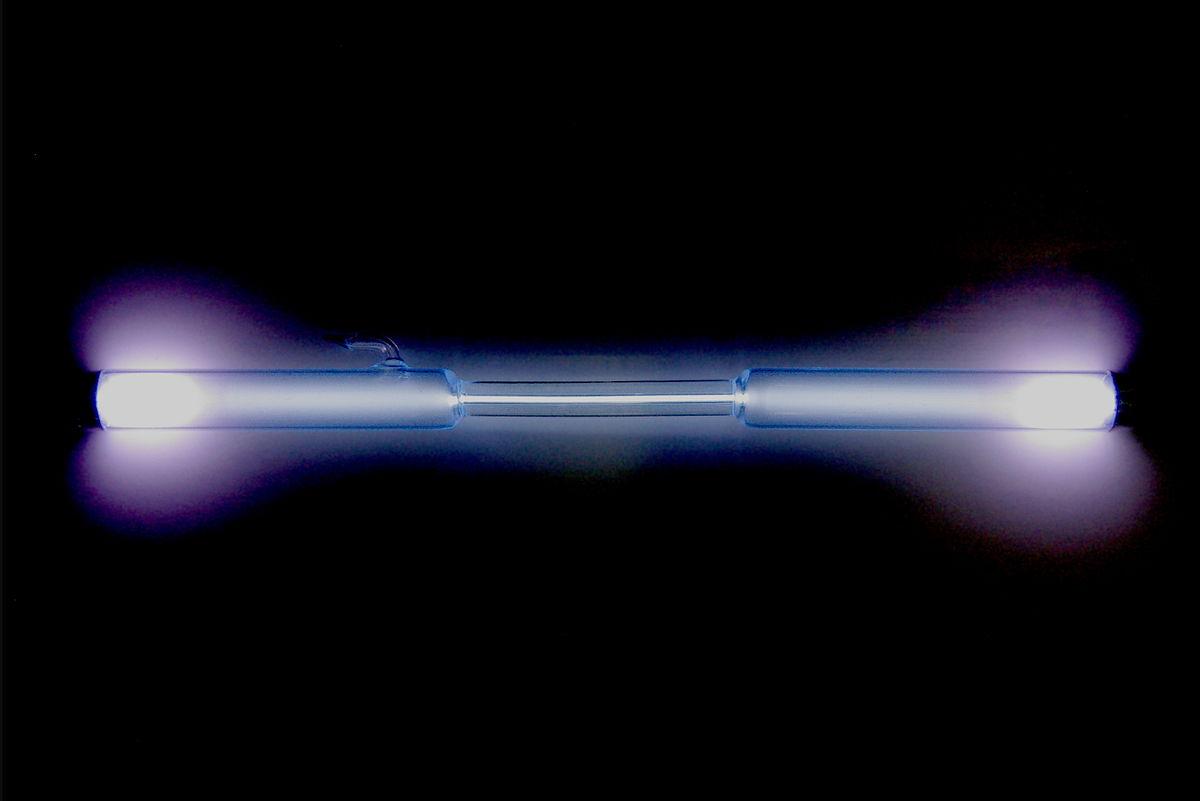
The likely presence of liquid water in contact with olivine-bearing rocks on Mars, the detection of serpentine minerals and of methane emissions possibly consistent with serpentinization, and the observation of serpentine-associated methane-cycling communities on Earth have all led to excitement over the potential of such systems to host life on Mars, even into the present day. However, the habitability of subsurface serpentinizing systems on Mars does not necessarily follow from these qualitative observations. In particular, while the production of H2 during serpentinization could provide methanogens with a needed substrate, the alkaline conditions and corresponding potential for carbon limitation that arise in concert are negatives against which H2 supply must be balanced. We consider this balance via a coupled geochemical-bioenergetic model that weighs the outputs of serpentinization against the metabolic requirements of methanogenesis, in an energetic frame of reference.
 Getting Under Europa’s Skin
Getting Under Europa’s Skin Tracing Formation and Evolution of Outer Solar System Bodies Through Stable Isotopes and Noble Gas Abundances
Tracing Formation and Evolution of Outer Solar System Bodies Through Stable Isotopes and Noble Gas Abundances Photosynthesis, a Planetary Revolution
Photosynthesis, a Planetary Revolution Xenon: King of the Gases
Xenon: King of the Gases